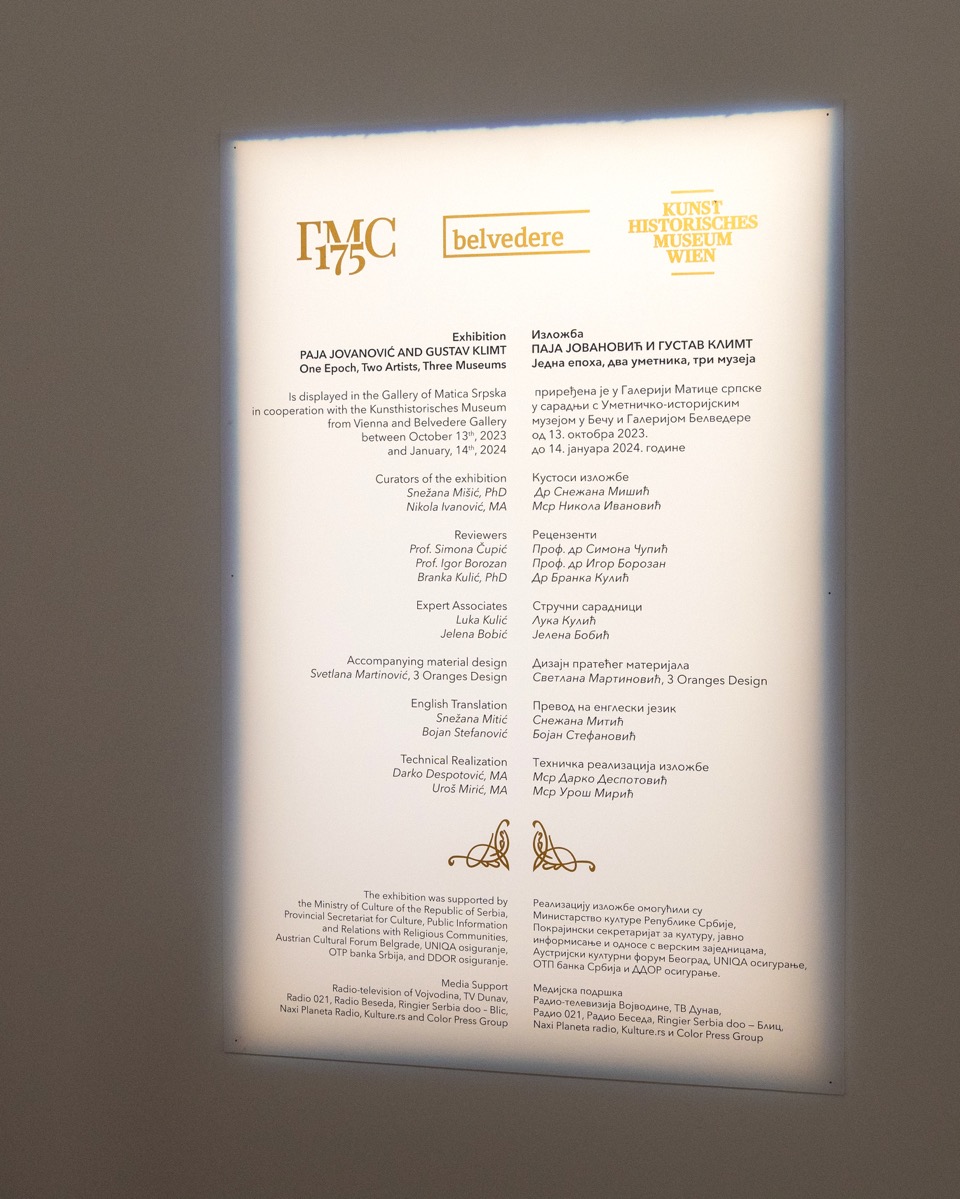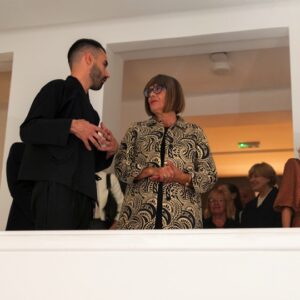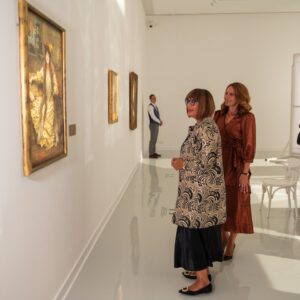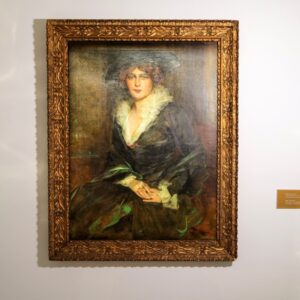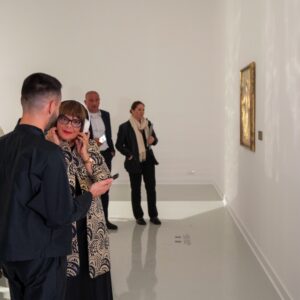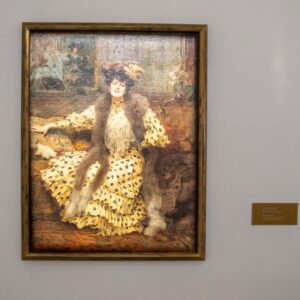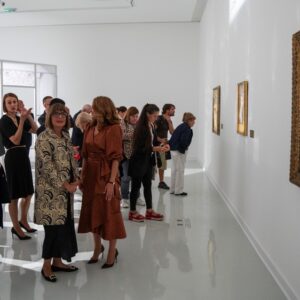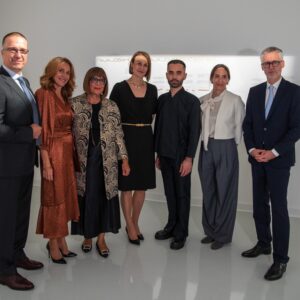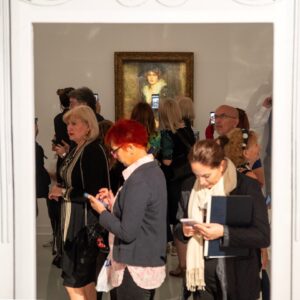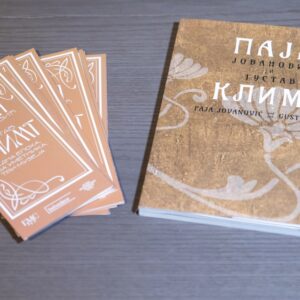The exhibition “Paja Jovanović & Gustav Klimt – One Era, Two Artists, Three Museums” opened on October 13th, in the Matica srpska gallery. The exhibition presents three female portraits from three museums: Matica srpska gallery, the Art and History museum in Vienna, and the Belvedere Gallery.
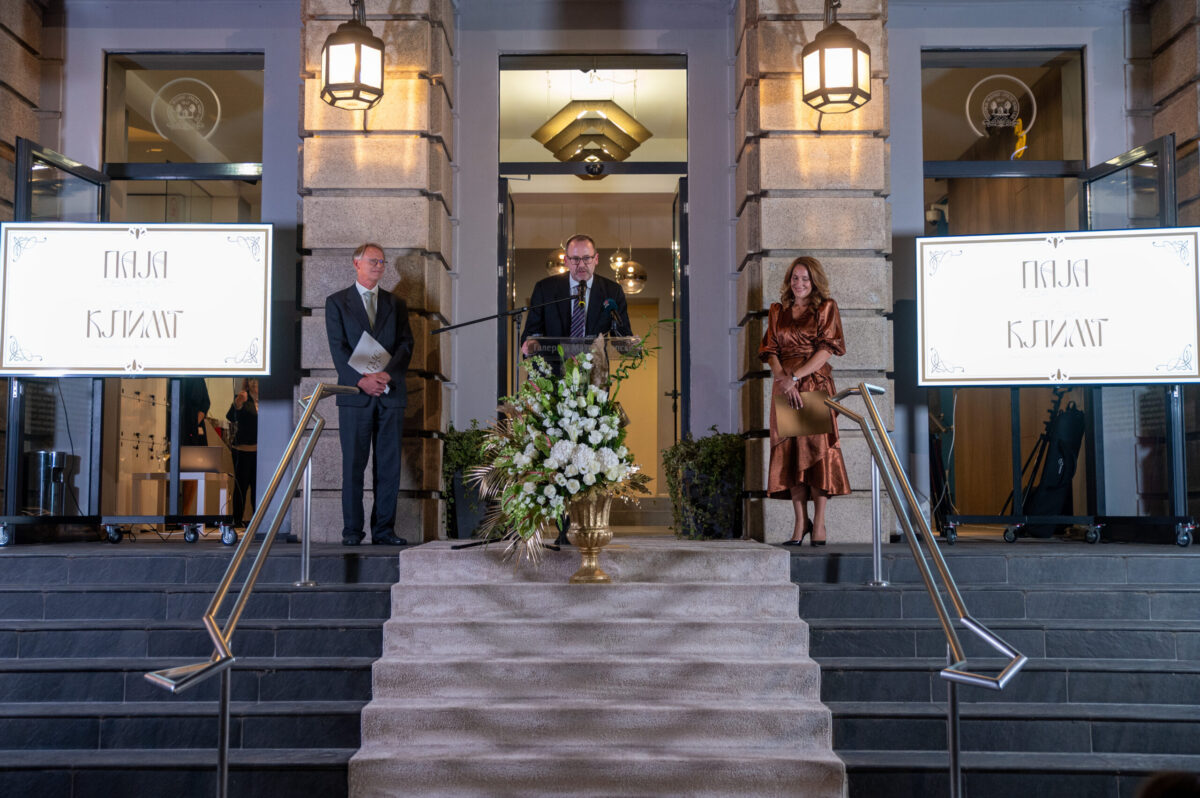
Of these three works, two are exhibited for the first time in Serbia and point to similarities and differences between great artists, talk about the social context in which they were created, and at the same time connect the museums involved. On this occasion, the works of Paja Jovanović and Gustav Klimt were combined for the first time, thus marking 150 years of diplomatic relations between Serbia and Austria.
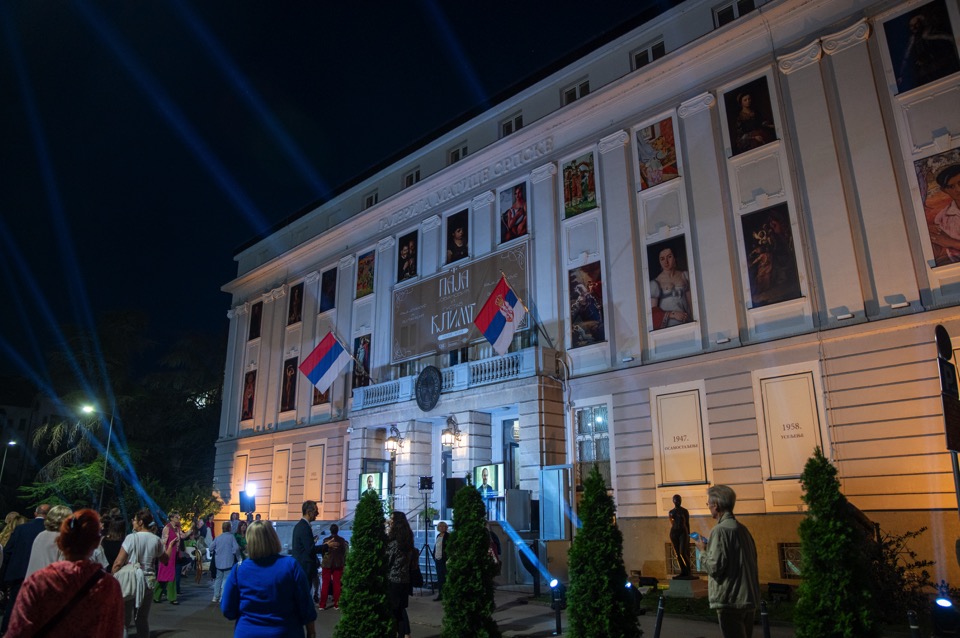
At the opening of the exhibition, we spoke with dr Tijana Palkovljević Bugarski, manager of the Matica srpska gallery, Daniel Uchtmann on behalf of dr Sabina Haag, director of the Art and History Museum in Vienna, as well as dr Franz Smola on behalf of Stella Rolig, director of the Belvedere Gallery.
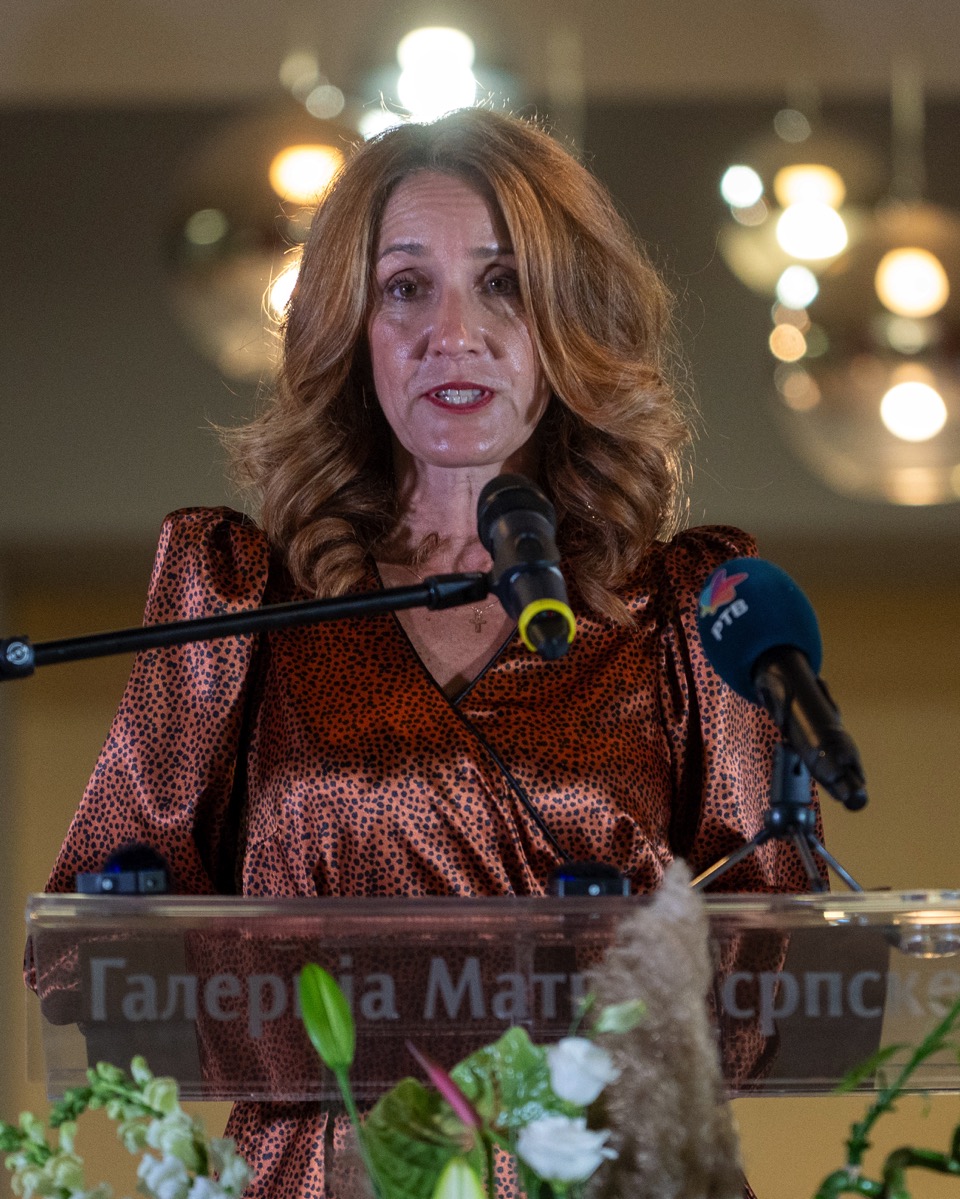
Franz Smola, from the Belvedere gallery, expressed his gratitude and satisfaction for the noticeable crowd that amassed to witness the opening of the exhibition. He also explained how this painting by Paja Jovanović came as a big surprise to the entire Belvedere museum: “We are very overwhelmed, it is so exciting to see the public interest. This is a period which is very fascinating. We had this discovery for the Belvedere that we had a painting in the collection of the museum, but we never paid attention to it. Because we did not know Paja Jovanovic. We didn’t even know where he was from exactly. He was attending the Academy of Fine Arts and he lived for a long time in Vienna. We thought he was a painter from Vienna, but actually, now we see that he is one of the most important Serbian painters. That he is so beloved here. When we brought this painting, which we rarely exhibit, to Serbia, this crowd came as a big surprise.”
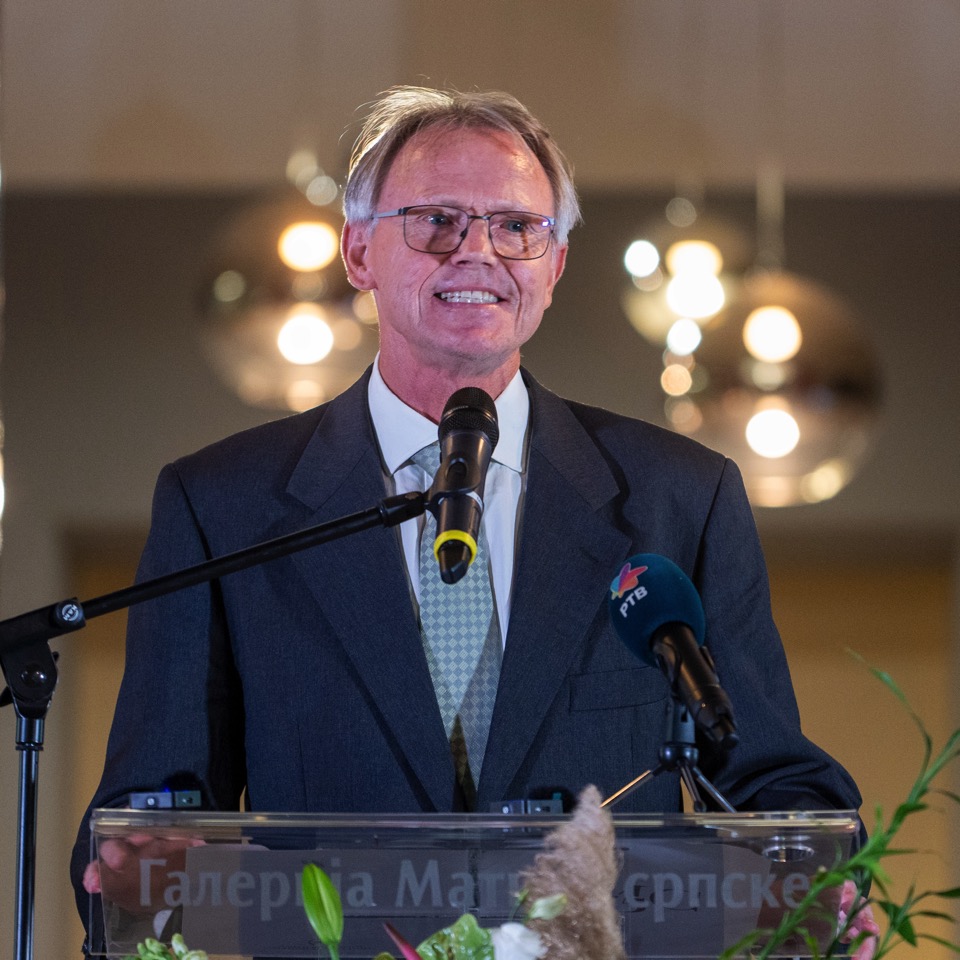
He emphasised how this shows that this serves as proof of the fact that their collection also has a history behind it and that having artists from Serbia, Croatia, Poland or other European countries was a normal occurrence in the past and should be a tradition that continues to take place.
He finished off by saying “Vojvodina has always been a core and an original part of the European tradition and we just have to reactivate it.”
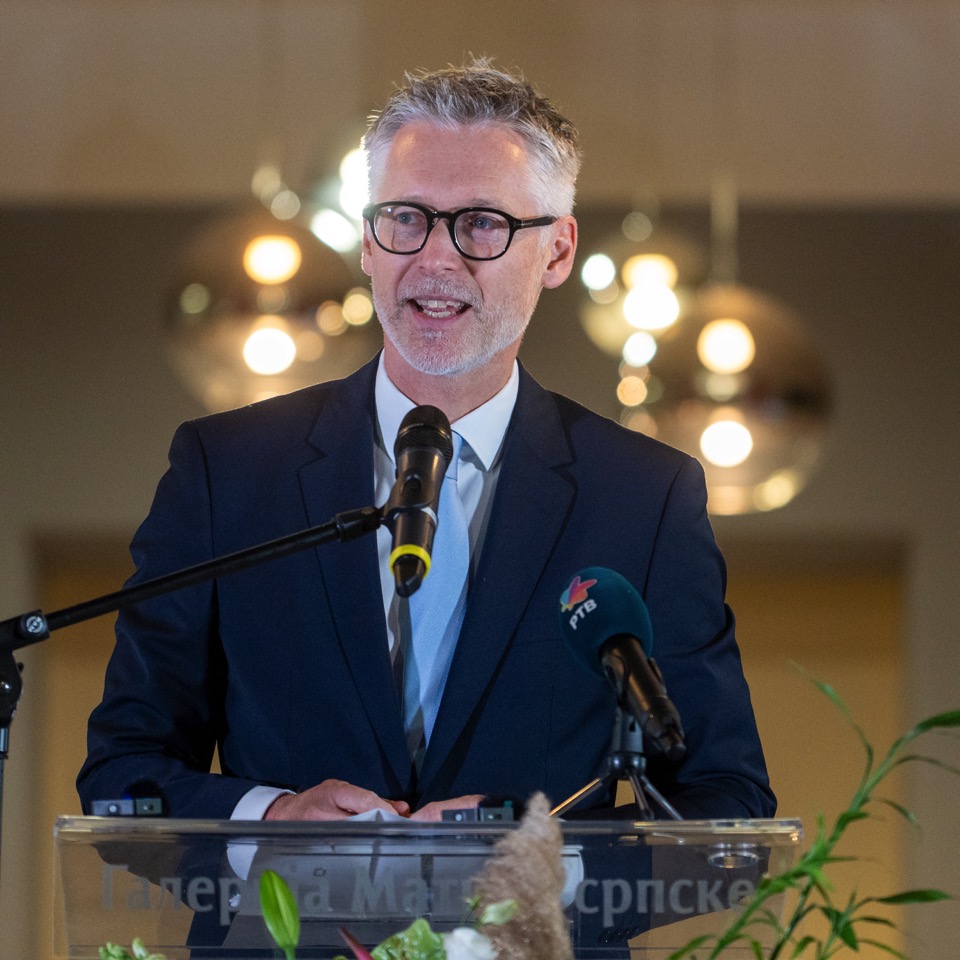
Daniel Uchtmann, from the Kunsthistorisches Museum, also agreed with this statement: “At the end, we are all Europe. We are all part of this bigger culture with thousands and thousands of years of togetherness and having the same beliefs, religion, and art. Of course, the history between Austria and this country in the 18th century and at the beginning of the 19th century was not always without friction, but in the end, we came together and the best thing we can do is share the culture.”
Daniel Uchtmann mentioned that he would love to see the same happening in Vienna’s very own museums: “I would say it would be very important to learn more about the other country. So if we bring something from Vienna to Novi sad, like in this instance with Klimt, It would be very interesting to have something from here in Vienna as well”.
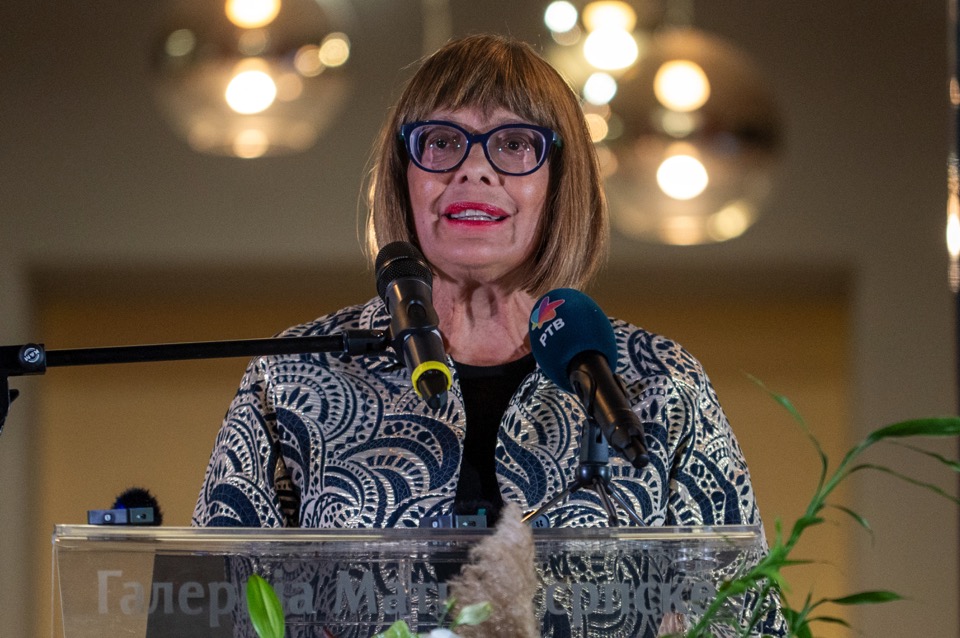
Dr Tijana Palkovljević Bugarski, the manager of the Matica srpska gallery also expressed an overwhelmingly positive reaction to how the exhibition opening played out: “The feeling is wonderful. This truly is a fulfilment of our institutional and professional dreams. To exhibit works of European art in our premises, in parallel with the works of our national artists, and thus to put Serbian art in a wider context. This is what we have been striving for for a long time, we managed to create the conditions for it. We had a good partnership with the museums in Vienna and something happened here that I believe is the event of the season.”
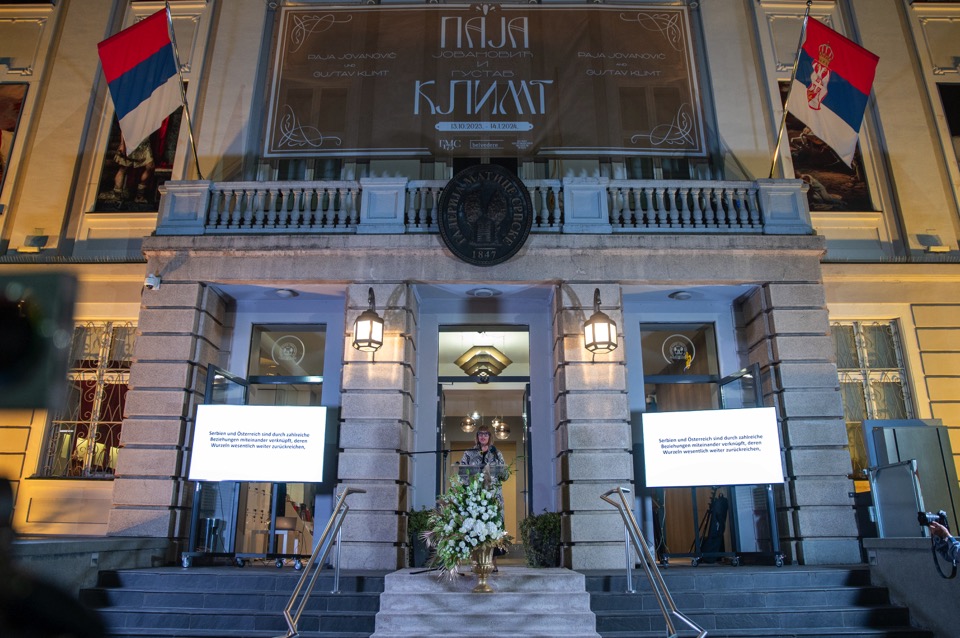
She explained how important this collaboration is to the local communities of all actors involved: “I think that collaboration is very important because we often don’t see these close relationships until someone else draws our attention to them. Here, our colleagues from Vienna are delighted that we started this story about the dialogue between Klimt and Paja. Each one of them is the greatest national artist and we as a nation are proud of them, but we never see them in relation to others. With this exhibition, we have just opened up one topic, one possible further cooperation, and I think it is very important to do European projects, to compare ourselves with other institutions, with other environments, to broaden our horizons and to show how much we can actually do.”
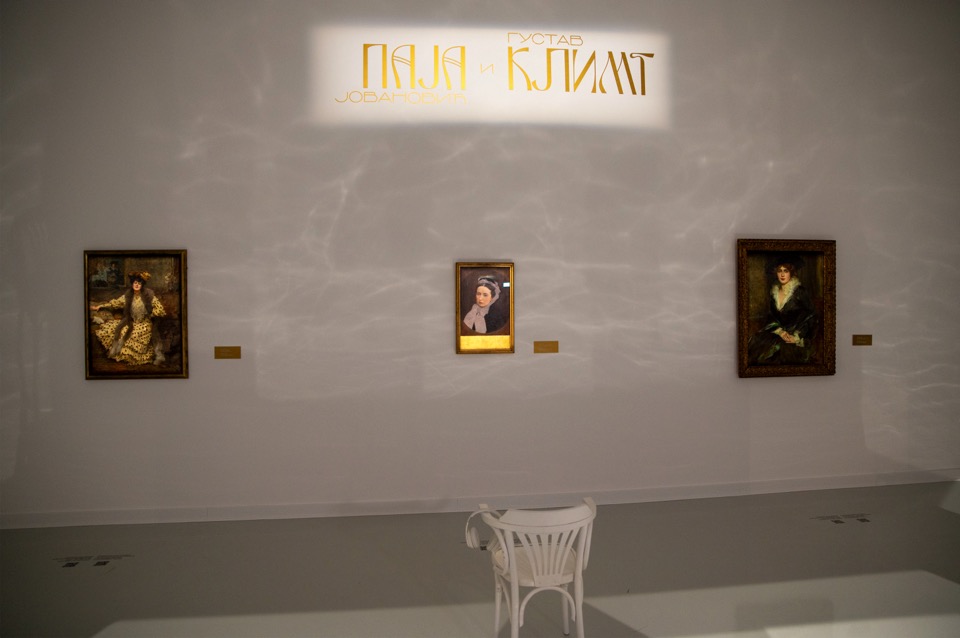
Considering the fact that the opening of the exhibition had more than a couple of hundred people rallying to enter the gallery, we can safely say that Novi Sad once again proved itself to be one of the most important centres of culture for Serbia, but for Europe as well.
The exhibition will be open until January 14, 2024.
by Mijat Kontić
